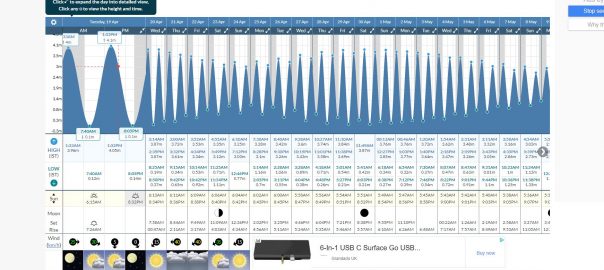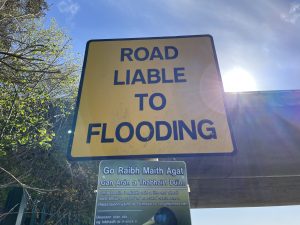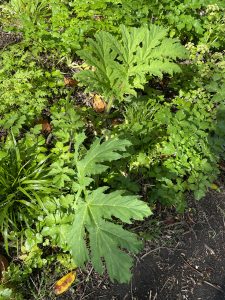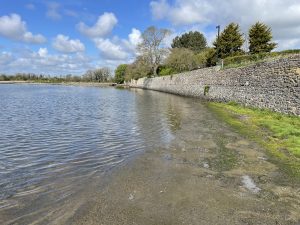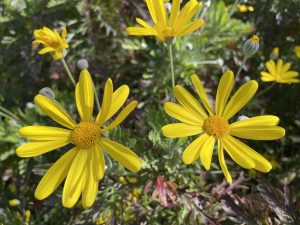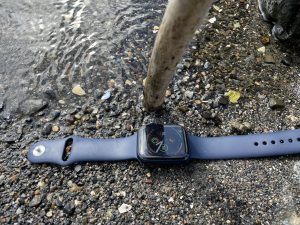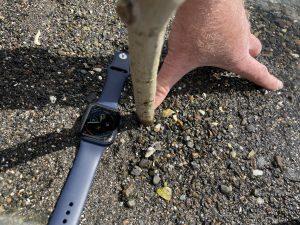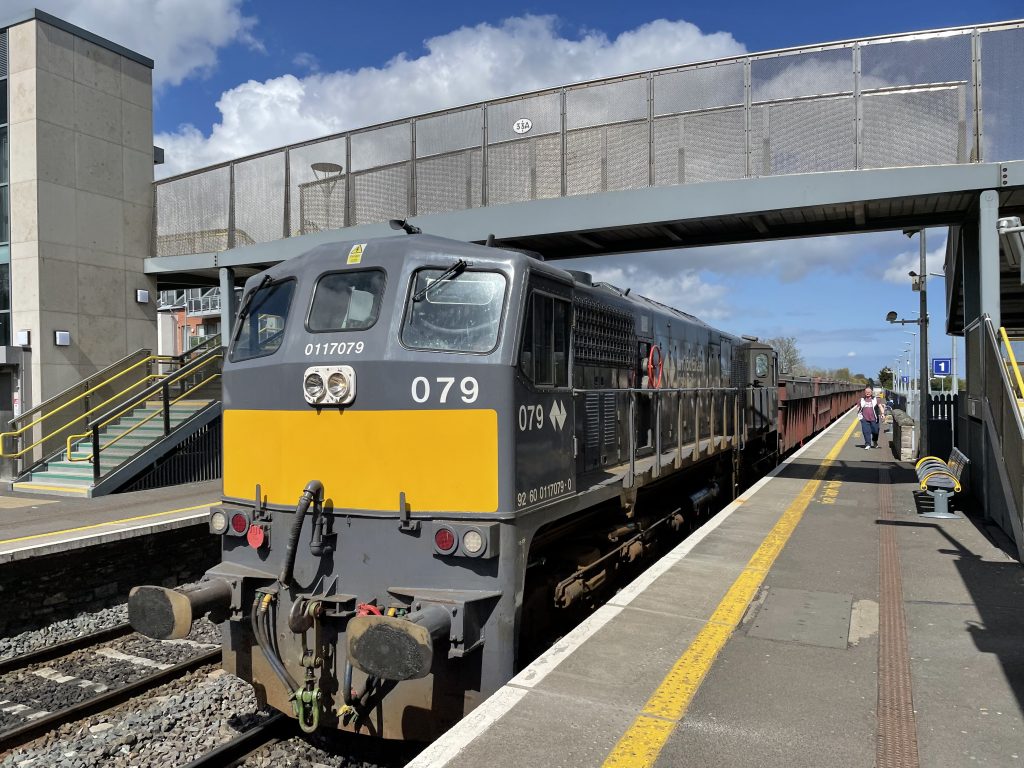Ireland day 0203. Tuesday 19 April 2022- Idiosyncrasies
| Today’s summary | Checked the tides and decided to test out my theory that low tide in the Broadmeadow lagoon is about 2 hours after low tide at Malahide. Not quite right so got wet feet again. Saw the Lead-Zinc ore train at Donabate station on the way back | ||||
| Today’s weather | Bright and dry with long sunny intervals. Light westerly wind. About 11C | ||||
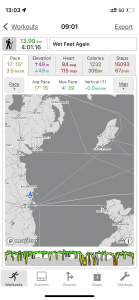 |
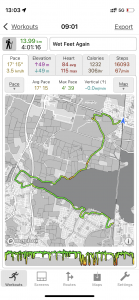 |
||||
| Today’s overview location (The blue mark shows the location of my route) |
Close-up location (The green line shows where I walked) (Click button below to download GPX of today’s walk as recorded, or see interactive map at bottom with elevations corrected): Wet feet again Broadmeadow |
||||
Commentary
I have begun to wonder if some people might think that my interest in things like tide times and railway engines is a bit peculiar. I know it’s hard to believe but I do think that my enthusiasms might not be universally shared. However I can always console myself with the thought that if people aren’t excited by the things I write about in my blogs, then they don’t have to read them. So this preamble is a sort of health warning for today’s blog, because it does include features that some readers might find a bit idiosyncratic.
As Val was off to work bright and early this morning, I resisted the temptation of a late cup of tea in bed, and leapt into action at the remarkably early time of 8:30 am. My first port of call was the internet. I decided to have a look at the tide times in the Malahide estuary and see if they might be favourable to a dry-footed crossing round the perimeter to Donabate. And lo and behold they were! Low tide in Malahide this morning was at 7:40 am and my theory is that, because of the impediment to tidal flow created by the railway embankment, low tide in the upstream Broadmeadow estuary should occur about 2 hours later.
My objective on several past visits to the upstream estuary has been to get round the flooded sections of the tidal road on the north bank of the estuary and make it all the way to Donabate on “dry land”. It takes about an hour and a half to walk from the flat to the point where the flooding normally occurs . So if I set off straight away, I should be able to get there not long after 9:40am, when my theory predicted that the road would have the greatest chance of being dry.
It was a glorious morning – crystal clear sunshine and a deep blue sky. Such a contrast to the past two days!. It was still chilly but in the sun it was even almost warm enough to take my down jacket and wool hat off! 🙂 As it turned out, it took a bit longer to get to the flood-prone section that I expected – as I didn’t arrive till about 10:15. To my disappointment, the road was still under water and, like my previous visit at the end of March, I had to paddle. But this time the water was much shallower – only three or 4 cm deep, so barely ankle-wetting.
At this point, being a bit after my projected “optimal” time of 2 hours post-Malahide-low-tide, I didn’t know if I had missed low tide in the estuary and it was rising again, or if it was still falling. So once I had successfully navigated the wet section, I decided to have an early lunch and do an experiment.
The shore by my lunch spot was very calm, with a gently sloping sandy bit. So I shoved a stick into the sand at the point where the water was lapping when I stopped, then watched what would happen as I had my lunch. To my amazement, almost before my eyes, I could see the water level was falling. In fact over the 50 minutes that I paused, the water receded fully 20cm horizontally down the beach, which I reckon equated to an vertical drop in the water level of approximately 2cm. So even though by then it was fully four hours after low tide at Malahide – downstream of the embankment, and by now the tide should in fact be two-thirds in and rising fast, the water level in the lagoon upstream of the embankment was still falling.
I reflected on this surprising discovery and concluded that the dyke in the middle of embankment – which sets the minimum lower level of the lagoon – must by a lot higher than I thought, meaning that the tidal range is probably small than I thought. What I can’t really understand is how the road can ever be dry – but it clearly can sometimes, because if you go on Google Streetview, you can see that the Google car managed to drive right along it. And I, too, have seen mudflats in the estuary which were well below the water level today. I can only conclude that yesterday’s rain must have pushed the water level higher than normal, even at low tide, or that there is an adjustable sluice in the dyke which is sometimes manually opened to let more water drain out.
(By the way – as I crossed over the embankment on the train back to Malahide from Donabate, I checked what was happening at the dyke in the middle. By this point it was precisely high time at Malahide (1:52pm) and I could see that great cataracts of water were flowing from the Malahide side and into the lagoon through the dyke – suggesting that the water level would continue to rise for some time after high tide at Malahide, just as low water in the lagoon is up to 4 hours after low tide at Malahide. I got chatting to a man on the train station platform and he told me that the tidal flow into the lagoon is sometimes so powerful that canoeists use the cataracts to practice their skill at staying afloat in rapids).
Gosh! What a fascinating morning!. But the day was by no means over yet. I left the coast and walked up to the Newbridge demesne where I had contemplated getting a cup of coffee in the restaurant there. But the huge queue – presumably families with children on Easter holidays – forced me to fall back on plan B, the trusty Thermos. Suitably refreshed, I pressed on to the railway station at Donabate and settled down for the long (45 minute) wait for the train to Malahide (I think I must have just missed the previous one).
But the time passed quickly and it was actually quite pleasant in the sun. And then – in quite possibly the most exciting development of the day – a Type 71 (No 79 in fact) diesel came storming through on the “down” line, hauling a long rake of goods trucks! Wow that was a thrill! You will be able to tell how impressive the whole thing was, just by looking at the photo below.
I quickly worked out that this was probably the Lead-Zinc ore train coming from Boliden’s “Tara” mine at Navan (it’s actually the largest such mine in Europe and at its deepest point is 1000m / 3300ft below the surface). The train takes the ore to the Alexandra Dock in Dublin Port, from where it’s shipped to smelters in Finland and Norway. Normally the train comes through at 11 o’clock (not that I’ve noticed of course) give or take a few minutes – whereas today it passed at about 1:30pm – I assume it was later today because of the Easter holidays.
Anyway I think that’s quite enough idiosyncrasy for one day. I’ll try and make tomorrow’s report a bit more normal.
Today’s photos (click to enlarge)
Interactive map
(Elevations corrected at GPS Visualizer: Assign DEM elevation data to coordinates )
Max elevation: 18 m
Min elevation: -3 m
Total climbing: 219 m
Total descent: -218 m
Total time: 04:01:08
